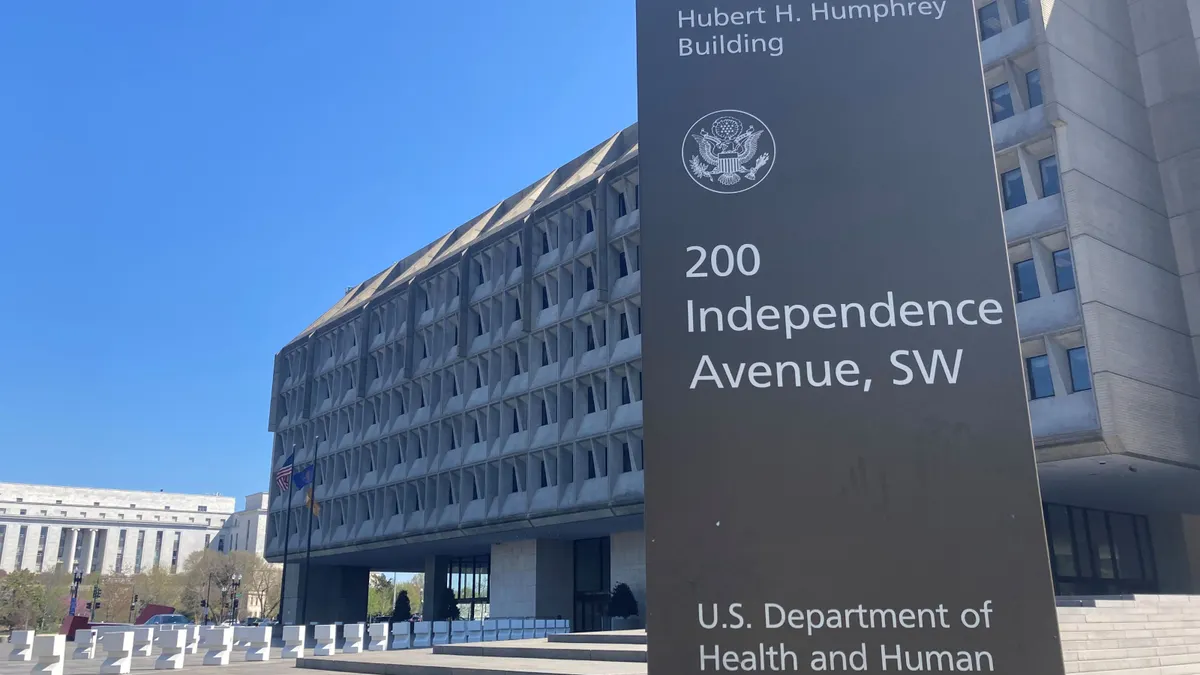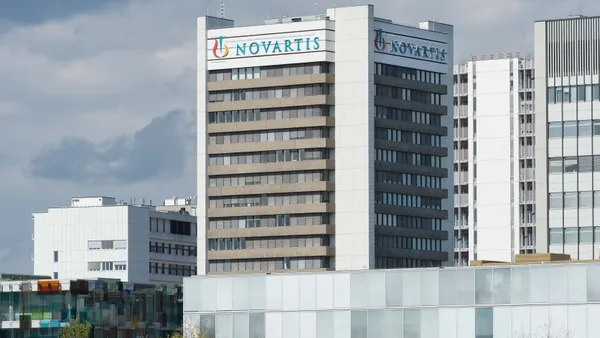Nearly three dozen states have signed onto a U.S. government initiative designed to help improve access to gene therapies that can eliminate serious symptoms of sickle cell disease, but remain little-used because of their high price tags.
The Centers for Medicare and Medicaid Services said on Wednesday that 33 states, plus the District of Columbia and Puerto Rico, will participate in the “Cell and Gene Therapy Access Model” to centrally coordinate insurance coverage for the treatments. Between 50% and 60% of people with sickle cell in the U.S. have Medicaid coverage and the participating states represent about 84% of Medicaid beneficiaries with the condition, the agency said.
Two such treatments, Vertex Pharmaceuticals’ Casgevy and Bluebird bio’s Lyfgenia, were approved by the Food and Drug Administration in December 2023 after proving in testing to be able to free people with severe sickle cell from the serious bouts of pain they experience. However, the treatments are complex to administer, involving a monthslong process and a “preconditioning” chemotherapy step that comes with the risk of infertility. They also cost $2.2 million and $3.1 million, respectively, raising concerns about their affordability and the impact on state Medicaid budgets.
Since approval, uptake of both treatments has been slow. In its last quarterly report, Vertex attributed $14.2 million in revenue to Casgevy and said that, through May 1, cells had been collected from about 90 patients seeking therapy. Bluebird was taken private this year — partly due to challenges selling its gene therapies — and in its last public financial report, said 17 patients had started on Lyfgenia through the first nine months of 2024.
The CMS program could help boost these figures by having the government negotiate what’s known as “outcomes-based agreements” with product manufacturers. These deals link payment to the health benefit a treatment is supposed to deliver. If that benefit doesn’t materialize, the insurer is issued a rebate or reimbursed.
Some insurers have long used outcomes-based deals for certain gene therapies, and represent a way to lower the financial risks associated with treatments typically carrying a nine-figure price tag. But the CMS model, which was initially hatched during the Biden administration and picked up by the Trump administration earlier this year, would coordinate the negotiation of a specific framework across many states so each one doesn’t have to arrange its own deal.
The federal government will also cover a “defined scope” of fertility preservation services and other costs, such as travel expenses. It could provide up to $9.55 million in additional support per state, as well, to help with outreach and data tracking, as outcomes-based deals require the collection of extensive information. CMS could expand the program to cover “other diseases with high-cost, high-impact therapies” too, the agency said.
“This model has the potential to improve health outcomes for patients with sickle cell disease while also ensuring state and taxpayer dollars are being used more effectively,” said Abe Sutton, CMS’ deputy director and the head of its innovation center, in a statement.














